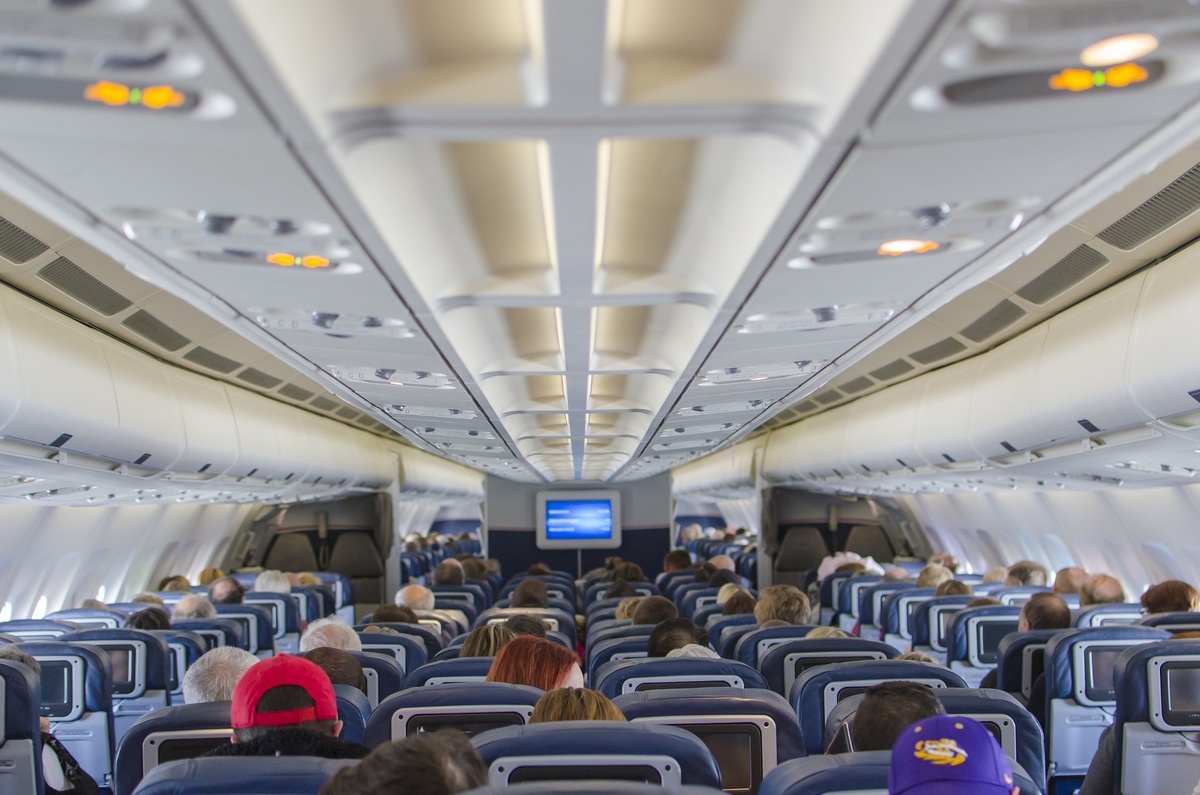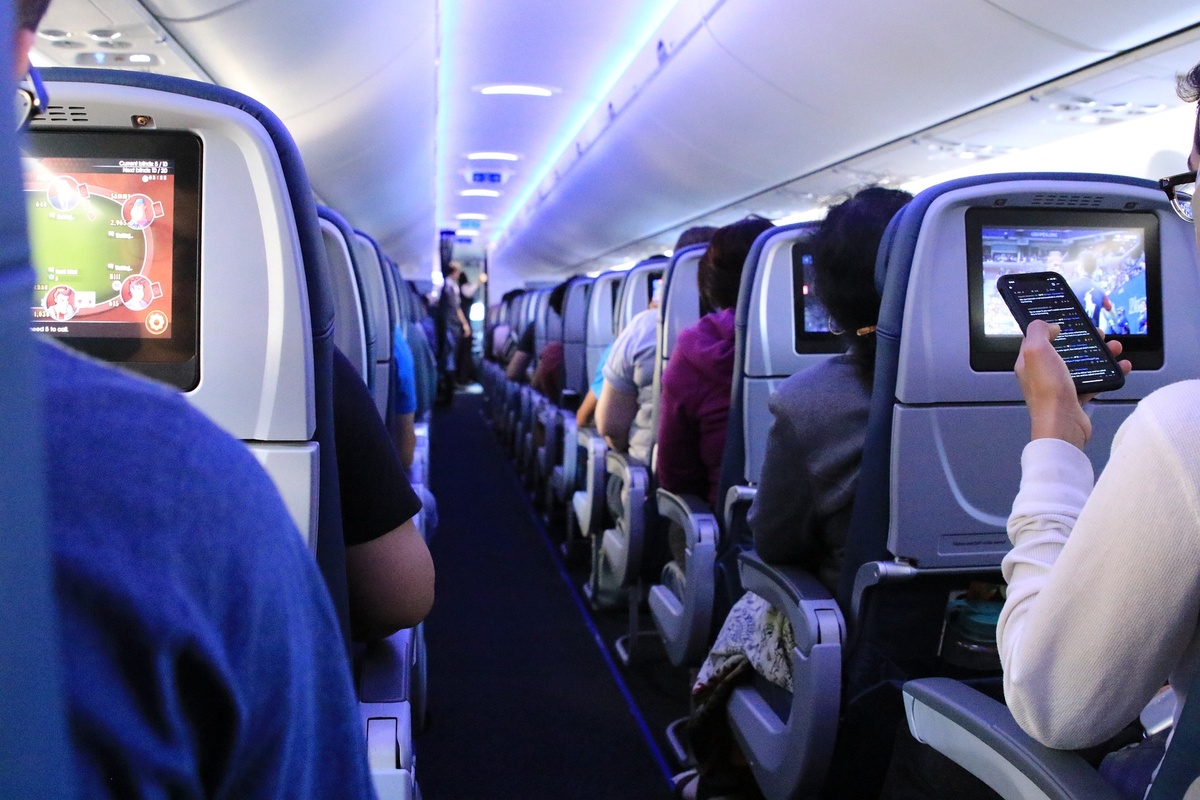
Finding the Best Place to Seat on a Plane: Your Guide to Comfort and Safety
When it comes to air travel, your seat is perhaps the single most significant factor in how enjoyable your experience is. Whether you're flying short-haul within the UK or embarking on a long-distance journey, knowing how to select the best seats on a plane can transform your flight from tolerable to enjoyable. This article looks at the factors to consider when choosing plane seats, from the best place on a plane to the safest, ensuring your next flight is as comfortable and safe as possible.
The Importance of Choosing the Right Plane Seats
Your choice of seat when planning your trip not only affects your comfort but can also influence your overall travel experience. Whether you're embarking on a brief domestic flight or a lengthy international trip, knowing how to identify the best seats on an airplane is crucial.
There is more to finding perfect plane seats than just looking for the most legroom. It's about considering various factors that contribute to a pleasant flight experience. From ensuring easy access to the lavatories without sacrificing tranquillity to finding that coveted spot that allows for a bit of extra stretching or privacy.
For those particularly concerned about safety, the location of your seat can play a role in your peace of mind. Although air travel is one of the safest modes of transportation, some passengers find comfort in selecting seats based on historical safety data. Another factor is that the seat's location relative to the aircraft's wings can affect your experience of turbulence, with some areas of the airplane offering a smoother ride than others.
By understanding how to leverage this knowledge, you can ensure that your next flight is as comfortable and safe as possible, no matter the distance.

Image by Sh1ra from Pixabay.
How to Find the Best Seats on a Plane
Aircraft Type: Different aircraft have different layouts, affecting the quality of plane seats. A quick check on a flight seat-checking website or app can give you an overview of the best seats available.
Legroom and Comfort: Generally, exit rows, bulkhead seats, and seats at the front of the plane offer additional legroom. However, seats near the exits can be cooler and noisier due to proximity to the doors.
Quietness: For a quieter experience, avoid seats near the galley, lavatories, and at the back of the plane where engine noise is more pronounced.
View: If you're keen on having a good view, window seats away from the wings offer an unobstructed view of the sky and land below.
Special Considerations: Although it is not practical for every flier, it's always worth remembering that upgrading to a higher class of flight will almost always yield a more comfortable flying experience.
Is Seat Selection Possible During the Check-in Process?
Airlines typically open their check-in process 24 to 48 hours before the flight's departure. During this time, passengers have the opportunity to check in online and, in most cases, select the seats they like the best. This process can be a crucial time for those who did not choose a seat at the time of booking or wish to change their previously selected seat. Availability might be limited, but there are often options to upgrade to preferred seats for an additional fee.
It's important to note that the availability of certain seats, especially those with extra legroom or in premium sections, may be restricted to passengers with higher-tier frequent flyer status or those willing to pay an upgrade fee. Thus, while seat selection during check-in is indeed possible and can be a great opportunity to enhance your travel experience, it's subject to availability and potentially additional costs. This process underscores the importance of early seat selection during booking or promptly at the check-in window's opening to secure your preferred spot.
Can Seat Changes Be Easily Made During the Flight?
Once onboard, the cabin crew's primary concern shifts to safety and ensuring a smooth operation of the flight service. Therefore, passengers' ability to change seats after takeoff is significantly restricted and subject to several considerations.
Seat changes during the flight are at the discretion of the cabin crew and can only be facilitated if there are available seats and doing so does not disrupt the balance or safety protocols of the flight. For instance, moving to an exit row seat during the flight is usually not permitted without prior clearance, as these positions require passengers to meet specific criteria and accept additional responsibilities in case of an emergency.
Operational constraints, such as activated seatbelt signs during turbulence, mean passengers must remain in their assigned seats for safety reasons. Additionally, on fully booked flights, the option to change seats becomes virtually nonexistent.
Passengers wishing to change their seat due to discomfort, dissatisfaction with their current location, or a desire to sit near travel companions should address this with the cabin crew as early as possible, preferably before takeoff. While cabin crew members strive to accommodate passenger requests within reason, their ability to do so during the flight is limited and primarily focused on health or safety concerns rather than personal preference.

Image by OrnaW from Pixabay.
How Are Seats Typically Assigned on an Airplane?
The assignment of seats on an airplane is a process carefully managed by airlines to optimise both the passenger experience and operational efficiency. This system varies among airlines but generally follows a few common practices.
Pre-Booking Selection: Many airlines allow passengers to select their seats at the time of booking. This is often the most straightforward way to secure a preferred seat, whether by the window, near the front of the plane, or offering extra legroom. Some airlines offer this as a complimentary feature, especially in higher classes or to frequent flyers, while others may charge an additional fee for seat selection.
Automatic Assignment: For passengers who do not choose their seats in advance, airlines use an automated system to assign seats based on availability and certain algorithms. These algorithms might prioritize families to sit together, accommodate special requests (such as wheelchair access), and distribute weight evenly across the cabin. This automated assignment usually occurs at the time of booking but can be adjusted up until check-in.
Check-In Adjustments: During the check-in process, which typically opens 24-48 hours before departure, passengers have another opportunity to select or change their airplane seats. This can be done through online check-in platforms, airport kiosks, or check-in counters. Availability might be limited at this stage, especially on heavily booked flights.
Gate Assignments: In some cases, seat assignments are finalized at the gate just before boarding. This can happen if there are operational changes, such as aircraft swaps, or if the flight is overbooked and volunteers are needed to take different flights. Gate agents have the discretion to reassign seats to accommodate families, address seating errors, or upgrade passengers.
Special Considerations: Airlines also take into account special considerations such as passengers with reduced mobility, unaccompanied minors, or those requiring additional assistance. These passengers are often given priority seating to ensure their needs are met throughout the flight.
Consequences of Not Reserving a Seat on a Plane
Choosing not to reserve a seat on a plane can impact the comfort and convenience of your travel experience. When passengers forego the option to select their seats in advance, they leave their seating arrangement to the discretion of the airline at check-in or, in some cases, at the boarding gate. This can result in several potential issues that can detract from the overall enjoyment of the journey.
Not reserving a plane seat often means you're left with limited choices, typically the seats other passengers have not selected. These are frequently the less desirable options, such as middle seats, seats near the lavatories, or those with restricted legroom. For families or groups travelling together, this can be particularly problematic, as it may result in being seated separately throughout the flight. This separation can cause stress and diminish the travel experience, especially on long-haul flights where comfort and companionship are valued.
For passengers with specific needs or preferences, such as those who prefer aisle seats for easier access to the cabin, window seats for the view, or those who require extra legroom, failing to reserve a seat can significantly impact their comfort and satisfaction during the flight.
Last-minute seat assignments can lead to increased anxiety and a more rushed experience at the airport, as passengers may need to negotiate for preferable seating at the check-in desk or gate. This uncertainty can be an unwelcome addition to the already stressful process of air travel.